The power of wind can be used to create electricity. That's what these wind turbines are doing.
Energy Information Administration
Wind
Wind is moving air. Warm air rises, and cool air comes in to take its place. This movement creates the winds around the globe. Winds move at different speeds and have different names based on their speed. The name of a wind depends on the Beaufort Scale. Winds are also grouped by their direction. Easterly winds blow from east to west, while westerly winds blow from west to east.
The fastest recorded wind speed, 230 miles per hour (370 kilometers per hour), was recorded in New Hampshire in 1934, although winds are faster in tornadoes. The windiest place in the world is in Antarctica.
You might also be interested in:
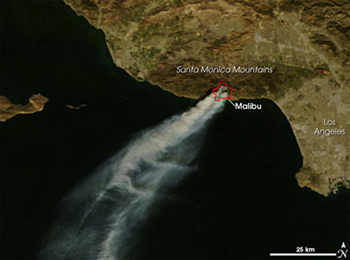
There are several different types of wind. One type is the foehn wind. This type of wind is found on the eastern side of a mountain and is warm and dry. Some mountainous areas that have this type of wind
...more
Northeasters, also known as nor’easters, are cold winds that can bring heavy snow or sleet. These winds blow from 40-55 mph (64.5-88.7 kph). They are classified as gale winds. Most snowstorms in the eastern
...more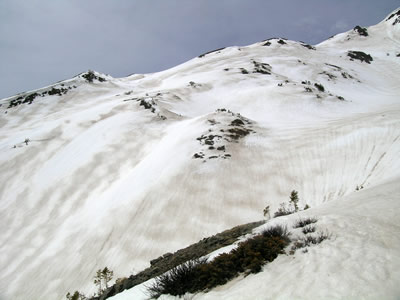
Scientists are learning about how dust from wind storms is affecting the snow in the mountains of Colorado. Occasionally, dry winds blow in from the southwestern United States, and when this happens, small
...more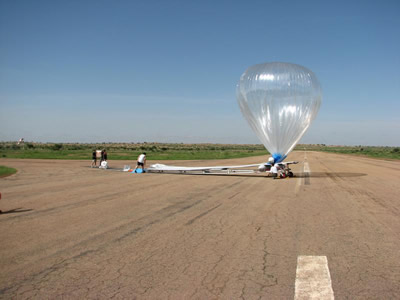
Weather balloons are used to carry weather instruments that measure temperature, pressure, humidity, and winds in the atmosphere. The information collected from the instruments on weather balloons are
...more
An anemometer is a weather instrument used to measure the wind (it can also be called a wind gauge). These instruments can be used in a backyard weather station or on a well-equipped scientific research
...more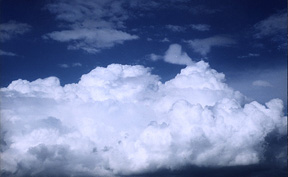
Ever looked up in the sky on a lazy Sunday afternoon and just watched the clouds? Well, here's a project where you can do just that and learn something too! This project works best if you do it with a
...more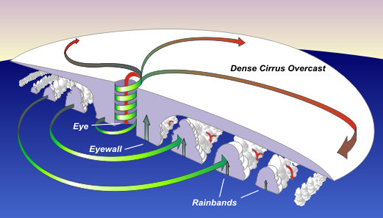
At the center of a fierce tropical storm, there is a small area where the weather is calm, the sky is clear, and the winds are just light breezes. This area is called the eye of the storm. The eye looks
...more











